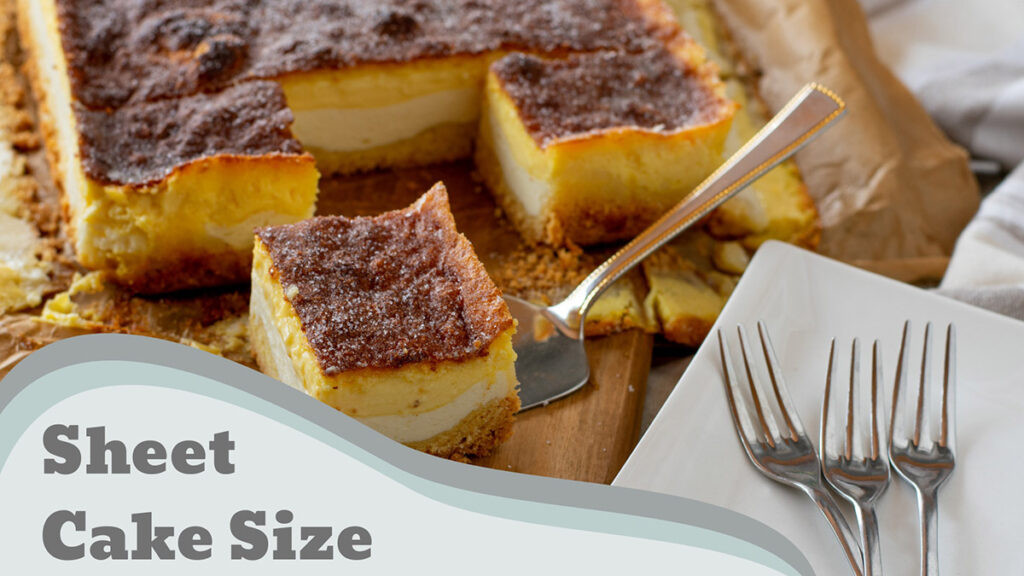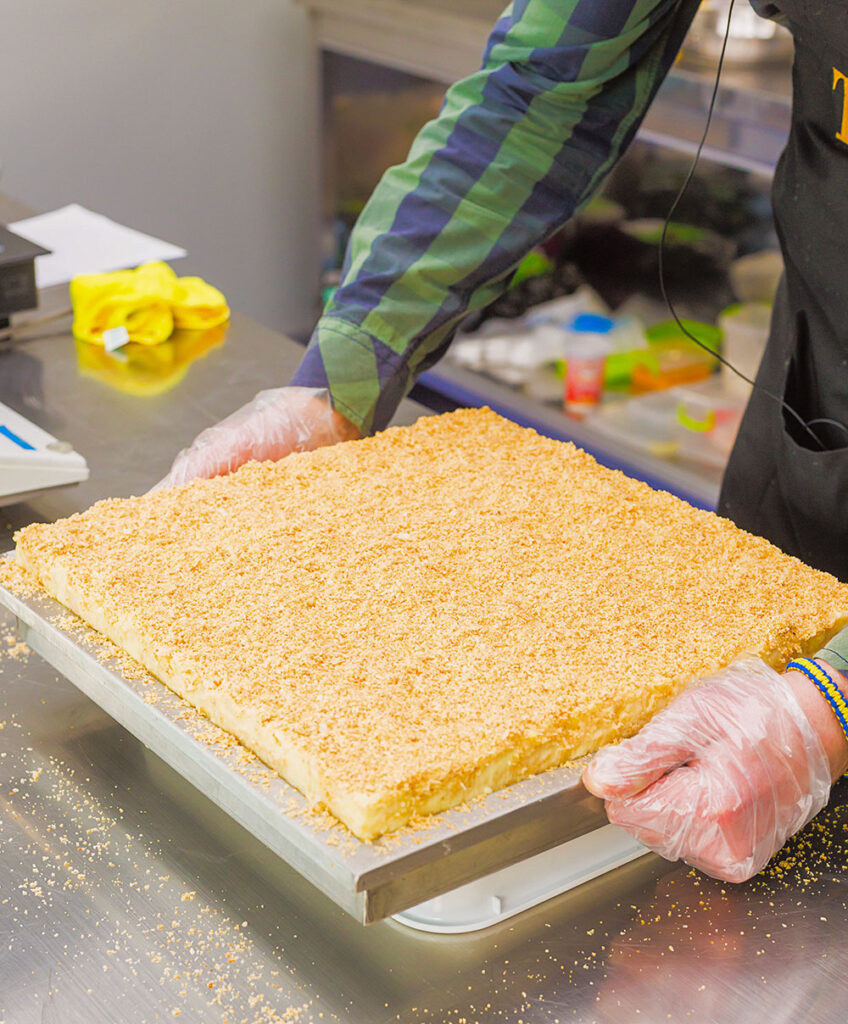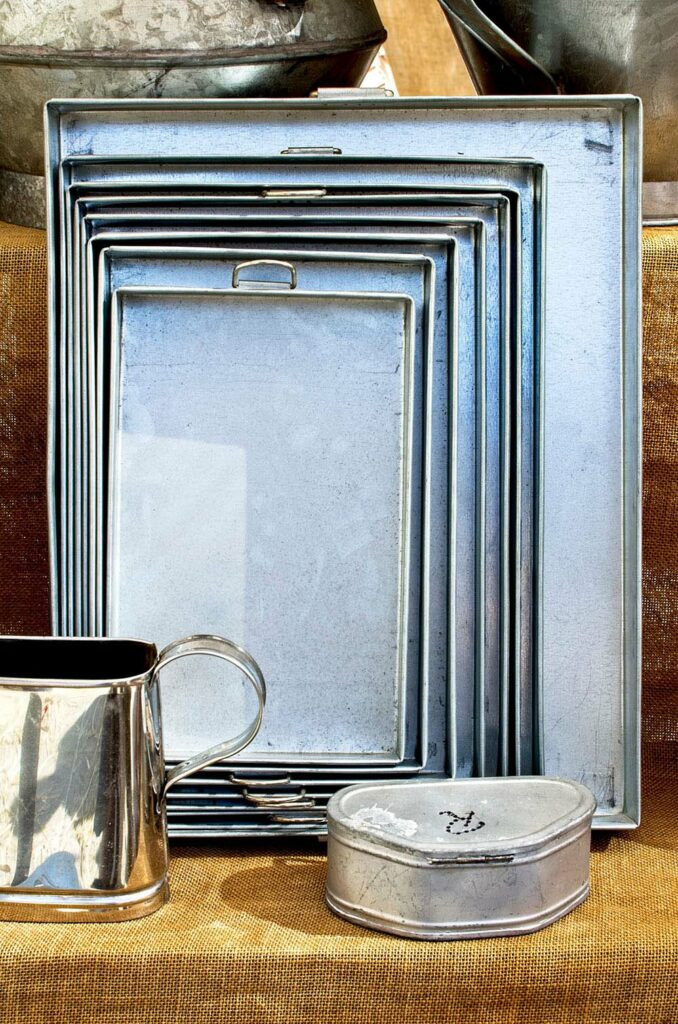 sheet cake sizes
sheet cake sizes
Sheet cakes have stood the test of time, remaining a favorite for gatherings despite the ever-changing landscape of cake trends on social media. Their appeal lies in their simplicity and deliciousness. Even beginner bakers can create a beautiful sheet cake with ease, and with the right fillings and frostings, they become truly irresistible.
If you’re planning to bake a sheet cake for an upcoming event, one of the first questions you’ll likely ask is: “How many servings does a sheet cake offer?” Knowing how many people a sheet cake serves is crucial for party planning. This guide will walk you through everything you need to know about sheet cake sizes and servings to ensure you have just the right amount of cake for your guests.
Understanding Common Sheet Cake Sizes and Servings
Sheet cakes are known for their rectangular shape and are categorized by sizes that dictate how many people they can feed. While there are variations, three sizes are most commonly recognized and used in bakeries and home kitchens: full sheet, half sheet, and quarter sheet cakes. Each size caters to different scales of events, from large celebrations to intimate family gatherings.
Let’s break down the standard sheet cake sizes and their approximate servings:
| Sheet Cake Type | Dimensions (Inches) | Batter Volume (Cups) | Approximate Servings | Ideal Occasions |
|---|---|---|---|---|
| Full Sheet Cake | 18″ x 24″ | 16 cups | 70-80 servings | Large events, weddings, corporate gatherings, big parties |
| Half Sheet Cake | 18″ x 12″ | 7-8 cups | 36-48 servings | Medium-sized events, birthday parties, receptions, celebrations |
| Quarter Sheet Cake | 9″ x 13″ | Up to 4 cups | 20-24 servings | Small gatherings, family get-togethers, baby showers, potlucks |
 Full-Sheet Cake
Full-Sheet Cake
Choosing the Right Cake Pan Size
To bake a sheet cake successfully, using the correct pan size is essential. The dimensions of your baking pan directly correspond to the desired sheet cake size. Using the wrong pan can lead to cakes that are too thin, too thick, or don’t bake evenly. Here’s a quick guide to pan sizes for standard sheet cakes:
- Full Sheet Cake Pan Size: 18’’ x 24’’
- Half Sheet Cake Pan Size: 18’’ x 12’’
- Quarter Sheet Cake Pan Size: 9’’ x 13’’ (Some may also use 9’’ x 12’’ but 9×13 is more standard for a quarter sheet)
 Cake Pan Sizes
Cake Pan Sizes
When purchasing cake pans, it’s always best to specify the dimensions in inches to avoid confusion, as terms like “quarter-sheet” or “half-sheet” can sometimes be interpreted differently across suppliers.
Beyond the length and width, consider the depth of your baking pan. Deeper pans are excellent for single-layer cakes, providing ample space for the batter to rise. For multi-layered cakes, you have options: use two shallow pans for thinner layers or a single deep pan to bake a taller cake that you can then slice into layers after cooling. For achieving extra height and straight edges, consider using sheet pan extenders instead of simply filling a pan too full, which can lead to uneven baking.
Calculating Cake Servings Accurately
The serving guidelines provided are estimates. The actual number of servings you get from a sheet cake depends on the size of the slices you cut. The listed serving counts are based on standard party slice sizes, but you can adjust them based on your needs.
For more precise serving calculations, you can determine the pan area and divide it by the area of your desired slice size. Here’s the formula:
| Total Servings = Pan Area / Serving Area |
|---|
Where:
- Pan Area = Pan Width x Pan Length
- Serving Area = Slice Width x Slice Length
Let’s take an example to illustrate:
Suppose you have a half sheet cake baked in an 18 x 12 inch pan. You plan to cut slices that are 2 inches wide by 2 inches long.
- Calculate Pan Area: 18 inches x 12 inches = 216 square inches
- Calculate Serving Area: 2 inches x 2 inches = 4 square inches
- Calculate Total Servings: 216 square inches / 4 square inches per slice = 54 servings
In this example, a half sheet cake could yield approximately 54 servings if you cut 2×2 inch slices, which is slightly more than the average 36-48 serving range, highlighting how slice size impacts the final count.
Batter Volume for Different Sheet Cake Sizes
The amount of batter needed for each sheet cake size is also an estimate, as it can depend on the recipe’s density and your desired cake thickness. However, these guidelines provide a good starting point:
- Full Sheet Cake: 14-16 cups of batter
- Half Sheet Cake: 7-8 cups of batter
- Quarter Sheet Cake: 3-4 cups of batter
Adjust the batter volume based on your recipe and preferred cake thickness. You may need to experiment slightly to find the perfect amount for your favorite recipes.
Does Cake Shape Influence Servings? Round vs. Square Sheet Cakes
While traditionally, sheet cakes are rectangular, the term “sheet cake” can sometimes be used more broadly to describe any cake baked in a large, flat pan, including round cakes. However, the shape does affect how easily and evenly you can cut servings.
Round cakes can be a bit trickier to cut into uniform slices compared to square or rectangular cakes. You might end up with varied slice sizes, especially towards the center and outer edges. This can make it harder to ensure everyone gets a similarly sized portion.
When estimating servings for round cakes, consider these guidelines, assuming a standard slice size of approximately 1.5 x 2 inches for wedding servings and slightly larger for party servings:
Round Cake Serving Guide
| Pan Size (Round) | Wedding Servings (approx.) | Party Servings (approx.) |
|---|---|---|
| 4″ Round | 4 | 2 |
| 6″ Round | 12 | 8 |
| 7″ Round | 22 | 12 |
| 8″ Round | 24 | 15 |
| 9″ Round | 32 | 22 |
| 10″ Round | 38 | 30 |
| 12″ Round | 56 | 45 |
| 14″ Round | 78 | 65 |
| 16″ Round | 100 | 90 |
Square Cake Serving Guide
For square cakes, which are closer in shape to traditional sheet cakes, serving is more straightforward. Here’s a serving guide for square cakes:
| Pan Size (Square) | Wedding Servings (approx.) | Party Servings (approx.) |
|---|---|---|
| 6″ Square | 18 | 12 |
| 8″ Square | 32 | 24 |
| 10″ Square | 50 | 35 |
| 12″ Square | 72 | 50 |
| 14″ Square | 98 | 80 |
| 16″ Square | 128 | 90 |
Additional Factors to Consider for Serving Sizes
Serving estimations are just a starting point. To truly determine the right cake size, consider these additional factors related to your specific event and guests:
- Guest Demographics: Are your guests big dessert eaters? For a crowd with a sweet tooth, you might want to slightly overestimate. Conversely, if it’s a formal event or a younger crowd (like a children’s party), you might need less cake per person. For children’s parties, kids often eat smaller portions, and there might be less focus on dessert overall amidst other activities.
- Event Vibe: For casual gatherings, generous slices are often welcome. At formal events, smaller, more elegant servings might be appropriate.
- Other Desserts: If you’re serving multiple desserts, people will likely eat smaller portions of each. Reduce the sheet cake size accordingly if you have other sweets on offer.
Converting Layer Cake Recipes to Sheet Cakes
It’s possible to adapt a layer cake recipe to bake as a sheet cake, though it requires some adjustments. Layer cake recipes are often richer and more complex, so converting them to a simpler sheet cake format can be a great way to streamline baking while still enjoying delicious flavors.
Here’s a simple approach to converting a layer cake recipe:
Step 1: Batter and Frosting Adjustments
Keep the recipe for the batter and frosting largely the same. The ingredient ratios should remain consistent when transferring from round pans to rectangular sheet pans. Most layer cake recipes will provide enough batter to fill a half sheet cake pan. Frosting amounts are also usually sufficient; about 3 cups of frosting are generally enough to generously frost a half sheet cake, with extra for piping. Leftover frosting can always be used for other desserts or frozen.
Step 2: Adjust Baking Time
Sheet cakes, being shallower and having a larger surface area than layer cakes, generally bake more quickly. Reduce the baking time compared to the original recipe. If a layer cake recipe calls for 30 minutes of baking time, start checking your sheet cake around 20-25 minutes. The larger surface area of a sheet cake means it cooks faster. Always monitor the cake closely, as oven temperatures and baking characteristics vary. Insert a toothpick into the center; it should come out clean when the cake is done.
Step 3: Frosting and Finishing
Frost the cooled sheet cake as desired. You can use buttercream, ganache, or any frosting that complements your cake flavor. Feel free to add sprinkles, drizzles, or other decorations to enhance the presentation.
Tips for Cutting Sheet Cakes Like a Pro
Cutting a sheet cake neatly can make serving much easier and more appealing. Here are some tips for clean and even slices:
- Chill the Cake: Chill the sheet cake in the refrigerator for about 30 minutes before cutting. Cold cake is firmer and easier to slice cleanly, reducing crumbs and frosting smudges.
- Use a Long, Sharp Knife: A long, serrated or smooth-bladed knife works best. Warm the knife by dipping it in hot water and wiping it dry between slices. This helps the knife glide through the cake smoothly.
- Mark Cutting Lines: Before cutting, lightly score the top of the frosting with a knife or use a ruler or even toothpicks to mark out even portions. This ensures uniform slice sizes.
- Cut Straight Down: Use a gentle sawing motion to cut straight down through the cake. Avoid tilting the knife, and lift the slice cleanly. Wipe the knife after each cut to keep slices neat.
Creative Ways to Use Leftover Sheet Cake
If you overestimated and have leftover sheet cake, don’t let it go to waste! There are many delicious ways to repurpose uneaten cake:
- Cake Pops: Crumble the leftover cake and mix it with frosting or buttercream. Roll the mixture into balls, chill, and then dip them in melted chocolate or candy melts for easy cake pops.
- Cake French Toast: Slice the cake and dip it in an egg batter like regular French toast. Griddle or pan-fry until golden brown for a decadent breakfast or brunch treat.
- Ice Cream Mix-Ins: Crumble the cake and fold it into softened ice cream for a customized flavor. Alternatively, sprinkle cake crumbles over a scoop of ice cream as a topping.
Conclusion
Sheet cakes are a fantastic choice for any event, offering versatility in size and flavor while being relatively simple to bake. Understanding how many servings a half sheet cake or any sheet cake size provides is key to successful party planning. By considering the size guides, slice dimensions, and your guests’ appetites, you can confidently choose the right sheet cake to make your event a sweet success. Whether it’s a birthday, wedding, or a casual get-together, a well-planned sheet cake ensures everyone gets a delightful treat.
Explore More Kitchen Measurement Guides:
